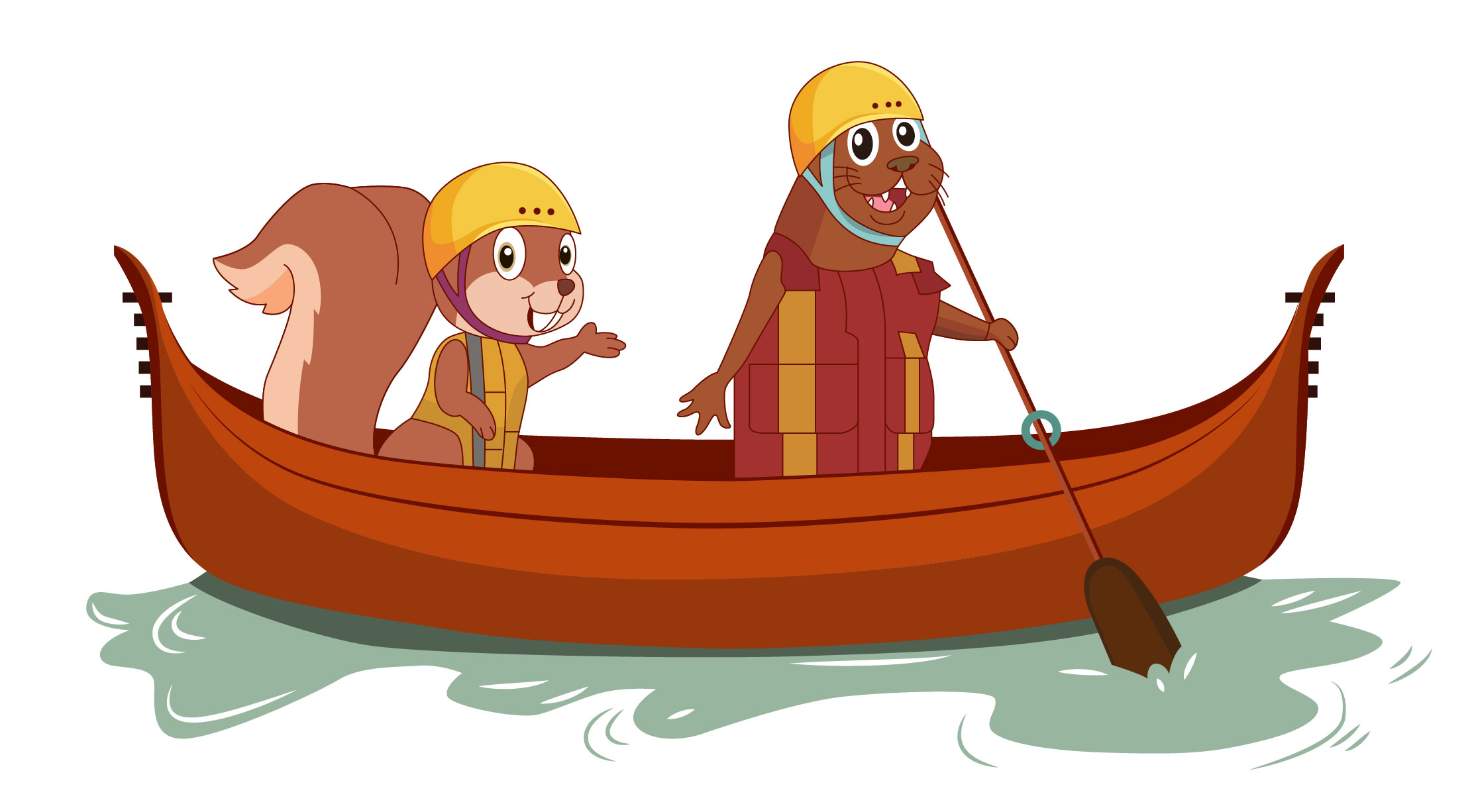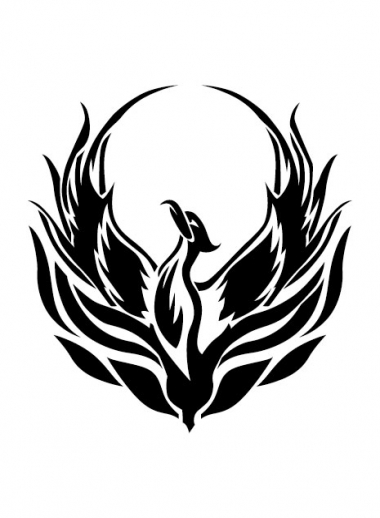The Beauty of Simplicity
When it comes to art, the beauty lies in simplicity. Vectorizing reduces complex images into simple shapes and curves, resulting in striking and minimalist designs. Designs that incorporate limited color palettes and negative space are more likely to catch the eye of the viewer. The art of simplicity is not only aesthetically pleasing, but it is also used to grab the attention of viewers in advertisements or presentations.
Vectorizing allows artists to combine simplicity and complexity effortlessly. Designers can create stunning compositions using the limited shapes and colors of vector art. With its sharp lines and simplified shapes, vector art can create impressive and powerful visual designs that grab the viewer's attention.

From Analog to Digital
Whether working digitally or traditionally, the key to creating beautiful art is to start with a good concept and strong composition. Analog art can be just as beautiful as digital art, but vectorizing in Illustrator transforms analog designs into polished digital art. Before vectorizing, it is essential to clean up and refine the analog artwork to prepare it for digital applications.
The process of vectorizing can seem daunting at first, but the result is worth the effort. Vectorizing allows artists to create digital art that is not only clean and precise, but also easier to manipulate and edit. Graphic designers can easily change the color, scale, or size of vector art, making it perfect for branding, marketing, or design projects.
Versatile Applications
Vectorizing has a wide range of applications, and it is used in branding, marketing, and design projects. Logos, for example, require a precise and scalable design that can be easily manipulated for various applications. Vector art is ideal for logos because it can be scaled up or down without any loss of quality.
Vector art is also used in marketing, particularly in advertising. In advertising, vector art is used to grab the viewer's attention with visually appealing compositions and simple, sleek design elements. In design, vector art is used to create illustrations for books, magazines, or websites, and it can be scaled to any size without loss of quality.
Inspiring Examples
Beyond the practical applications of vectorizing in Illustrator, it's important to explore the artistic possibilities of vector art. Creative use of color, line, shape, or texture can achieve a particular mood or effect. Here are three inspiring examples of vector art:
1. Minimalist Typography: This design example incorporates only two colors and sharp lines to create a bold, minimalist aesthetic.
2. Flat Illustrations: These vector images use shapes and color to create a flat, visually pleasing style.
3. Negative Space Art: Negative space design elements create a unique and beautiful design style.
Taking Inspiration from these examples, aspiring vector artists can use a variety of themes and techniques. Remember, vector art is ideal for creating simple, yet aesthetically pleasing designs with sharp lines, simplistic shapes, and bold colors.
Conclusion
Vectorizing in Illustrator is a powerful tool for digital art. It allows artists to create precise, colorful, and scalable graphics that are easy to share and manipulate. Vectorizing also allows designers to simplify complex images into simple shapes and curves, resulting in minimalist, yet conceptually powerful compositions. Vector art is used in branding, marketing, and design projects, and its practical applications are only limited by the artist's imagination. Vectorizing in Illustrator has revolutionized the world of digital art, and now it's time to start creating.



